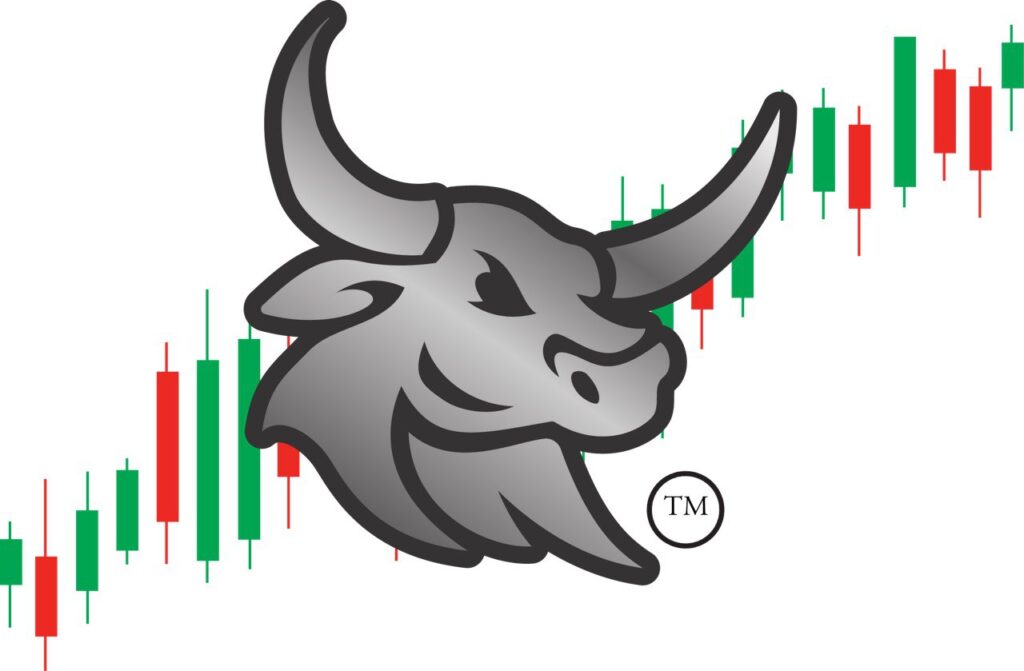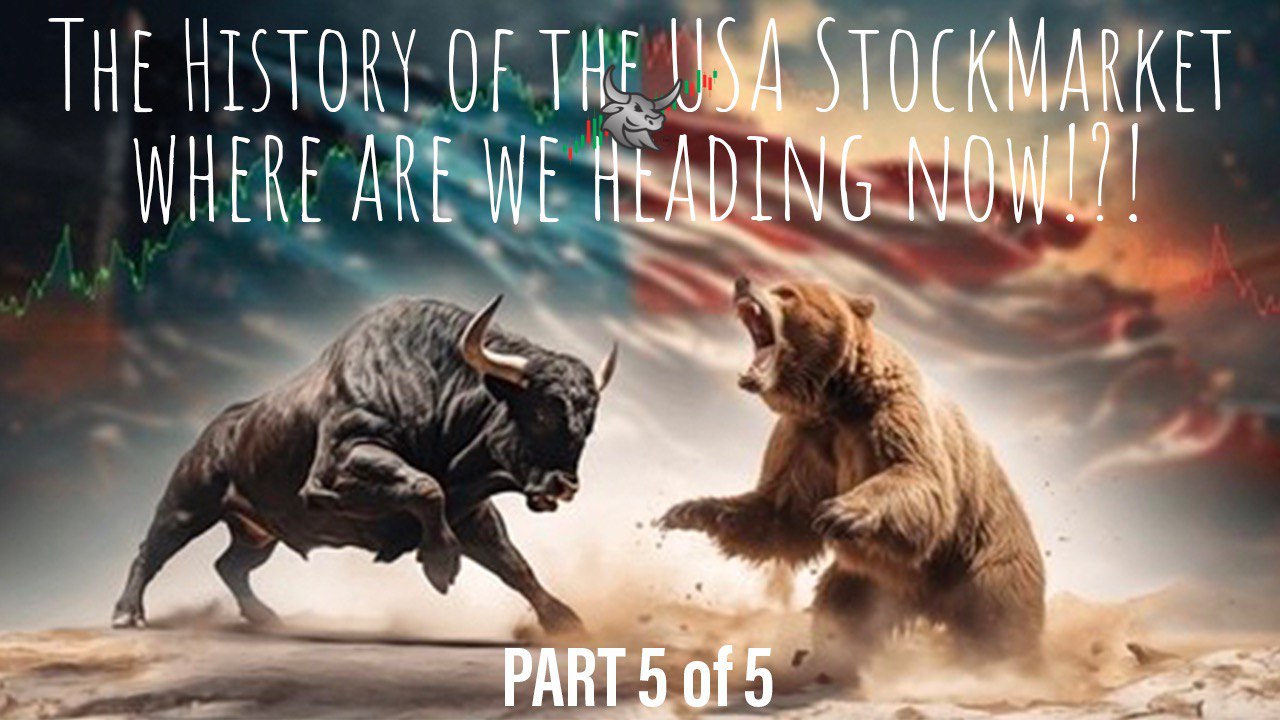By Albert Laurin, Published: May 30th, 2024 – (Part 5/5, China / USA Probabilty for War)
The concept of the “Thucydides Trap” posits that when a rising power challenges an established one, the likelihood of conflict increases significantly. Historically, out of 16 such cases, 12 have led to war. In the current geopolitical landscape, this framework is often applied to the relationship between the United States (the established power) and China (the rising power). By examining historical precedents, current tensions, and strategic considerations, we can assess the potential for conflict and the strategies that might be employed to avoid it.
Historical Context and the Thucydides Trap
Definition and Examples: The Thucydides Trap, named after the ancient Greek historian Thucydides, describes the dangers that arise when a rising power threatens to displace an established power. Thucydides famously wrote about the Peloponnesian War, attributing its outbreak to the rise of Athens and the fear this instilled in Sparta. Modern examples include the rise of Germany before World War I and Japan before World War II.
Historical Precedents:
- Germany vs. Britain (WWI): Germany’s rapid industrialization and naval expansion threatened British dominance, contributing to the tensions that led to World War I.
- Japan vs. USA (WWII): Japan’s expansionist policies in Asia and the Pacific clashed with American interests, leading to the Pacific theater of World War II.
Current Geopolitical Context: US-China Relations
Economic and Military Rivalry:
- Economic Competition: China’s economic growth has positioned it as a major competitor to the United States. The trade war initiated under the Trump administration and ongoing technological and economic competition exemplify this rivalry.
- Military Posturing: China’s military modernization and assertiveness in the South China Sea, along with its claims over Taiwan, have heightened tensions. The United States has responded with increased military presence in the Asia-Pacific region and strengthened alliances with regional powers such as Japan and Australia.
Flashpoints:
- Taiwan: The most significant potential flashpoint. China views Taiwan as a breakaway province, while the US supports Taiwan’s self-defense capabilities. Military conflict over Taiwan could easily draw in both powers.
- South China Sea: China’s territorial claims and military installations in the South China Sea challenge international maritime laws and US naval operations aimed at ensuring freedom of navigation.
Strategic Considerations
Deterrence and Diplomacy:
- Military Readiness: The US continues to maintain a strong military presence in the Asia-Pacific to deter Chinese aggression. General Mike Minihan’s memo highlighting the potential for conflict by 2025 underscores the need for readiness but does not represent an inevitable outcome (Air & Space Forces Magazine).
- Alliances and Partnerships: Strengthening alliances with regional powers is a key strategy for the US. Collaborative defense agreements with countries like Japan, South Korea, and Australia aim to counterbalance China’s influence.
- Diplomatic Engagement: High-level talks and diplomatic engagements, such as Secretary of State Antony Blinken’s visits to China, are crucial for managing tensions and preventing miscalculations (Air & Space Forces Magazine).
Economic Interdependence:
- Global Trade: Despite strategic rivalries, the economic interdependence between the US and China acts as a significant deterrent to war. A conflict would disrupt global supply chains and have catastrophic economic consequences for both countries and the world.
- Sanctions and Economic Measures: Economic tools, such as sanctions, are used to exert pressure without resorting to military conflict. These measures can escalate tensions but are generally preferred over direct confrontation.
Future Scenarios and Risk Assessment
Scenarios:
- Continued Strategic Rivalry with Deterrence: Both powers continue to build up their military capabilities and strengthen alliances, maintaining a tense but stable status quo.
- Increased Economic and Diplomatic Engagement: Enhanced diplomatic efforts and economic cooperation reduce the likelihood of conflict, fostering a more collaborative international environment.
- Escalation to Limited Conflict: Miscalculations or aggressive moves by either side in flashpoints like Taiwan or the South China Sea could lead to limited military engagements, with both sides working to contain the conflict and avoid a broader war.
Risk Assessment:
- Low Probability of Full-Scale War: Given the catastrophic potential of a war between nuclear-armed states, the probability of a full-scale conflict remains low. Economic interdependence and the lessons of history act as strong deterrents.
- Higher Risk of Localized Conflicts: The risk of localized conflicts or proxy wars is higher, especially in regions like Taiwan and the South China Sea. These conflicts could escalate, but diplomatic channels and international pressure would likely work to de-escalate such situations.
Conclusion of the Thucydides Trap
While the Thucydides Trap suggests a significant risk of conflict between the US and China, several factors mitigate this risk. Economic interdependence, diplomatic efforts, and strategic deterrence play crucial roles in maintaining stability. However, the potential for localized conflicts remains, and careful management of flashpoints is essential to avoid escalation. Understanding these dynamics is vital for policymakers and analysts as they navigate this complex and potentially perilous geopolitical landscape.
The impact of major wars on stock markets has been profound throughout history, affecting global economies and the superpowers of the time. By examining past conflicts, we can gain insights into potential outcomes if the USA and China were to go to war, lets bring all each section of this series together, weigh all the information and take a look at what USA and Canadian Stocks could benefit in such a war.
Wars Historical Impact on Stock Markets
World War I and II: World War I initially caused major sell-offs in stock markets globally as uncertainty gripped investors. The New York Stock Exchange closed for several months in 1914 to prevent panic selling. During World War II, U.S. markets again saw initial declines after the Pearl Harbor attack, but as the war progressed and it became clear that the U.S. economy would be mobilized effectively, stocks recovered and surged. War production bolstered industrial stocks significantly.
World War I
At the onset of World War I, global markets experienced significant turmoil. The New York Stock Exchange closed for nearly five months to prevent a massive sell-off. When it reopened, the Dow Jones Industrial Average (DJIA) dropped by 25%, reflecting the uncertainty and panic of the time. However, as the war progressed, the DJIA more than doubled from its 1914 low by 1916, showcasing a strong recovery driven by wartime production and economic adjustments (Market Realist) (Valor Advisers).
World War II
Similar patterns emerged during World War II. The invasion of Poland in 1939 led to a brief rally in U.S. stocks, driven by an initial influx of capital into the relatively safer American market. However, the attack on Pearl Harbor in 1941 caused a 3.5% drop in the DJIA when the market reopened. Despite this, the DJIA gained nearly 50% from the start of the war in 1939 to its end in 1945, buoyed by wartime economic activities and eventual Allied successes (Market Realist) (Cooke Wealth Management).
Cold War and Korean War: The Cold War period saw increased military spending, which benefited defense contractors. During the Korean War, U.S. stocks experienced volatility, but the defense sector saw gains. Companies like Lockheed Martin and Northrop Grumman, which provided military equipment, performed well.
Vietnam War
During the Vietnam War, the DJIA saw a cumulative increase of 43% from 1965 to 1973. Although the war brought economic strain and volatility, particularly due to rising inflation and budget deficits, the U.S. stock market demonstrated resilience, reflecting broader economic growth trends of the 1960s (Market Realist).
Psychological and Economic Factors
Wars typically bring initial market declines due to uncertainty and fear. Investor behavior often shifts towards risk aversion, affecting consumer spending and investment choices. However, once the trajectory of the war becomes clearer, markets tend to stabilize and can even rally. This counterintuitive reaction occurs as markets adjust to the new economic realities and the increased certainty about future events (Ace Equity Research) (Cooke Wealth Management).
The Hypothetical US-China Conflict
Immediate Impact
If a war were to break out between the USA and China, the initial impact on the U.S. stock market would likely be severe. Historical patterns suggest an initial sharp decline due to panic and uncertainty. Key indices like the DJIA and S&P 500 would likely drop significantly as investors flee to safe-haven assets like gold and government bonds (Market Realist) (Valor Advisers).
Short-Term and Long-Term Effects
In the short term, there would be significant economic disruptions. Supply chains would be severely affected, given China’s integral role in global manufacturing. The resulting inflationary pressures, combined with potential retaliatory economic measures, could lead to a recessionary environment, exacerbating market volatility (Market Realist) (Ace Equity Research).
In the long term, the outcome of the war would play a crucial role. If the USA were to emerge victorious, historical precedents suggest a recovery and eventual market rally, driven by economic rebuilding and technological advancements spurred by wartime innovation. Conversely, a loss or prolonged stalemate could lead to sustained economic decline, loss of global economic influence, and a significant reorientation of international trade and economic alliances (Market Realist) (Cooke Wealth Management).
Comparison with Past Financial Manipulations
Napoleonic Wars and the Rothschilds: During the Napoleonic Wars, particularly after the Battle of Waterloo, Nathan Rothschild leveraged early news of the British victory to make substantial profits. Rothschild’s maneuvering led to a brief crash in British stocks, which he then bought cheaply before the market rebounded on the news of victory. This incident underscores how wars can create extreme short-term volatility in financial markets, often exploited by those with timely information.
Historical events such as the manipulation of the British stock market by the Rothschild family during the Napoleonic Wars highlight the role of information and psychological warfare. In 1815, Nathan Rothschild capitalized on early information about the Battle of Waterloo’s outcome to make substantial profits. This kind of market manipulation underscores how pivotal timely information and investor sentiment are during conflicts (Market Realist) (Valor Advisers).
Executive Summary
Wars have consistently had profound and complex impacts on stock markets and economies. Initial declines due to uncertainty are often followed by recoveries as markets adapt to new realities. A hypothetical war between the USA and China would likely follow this pattern, with significant initial disruptions followed by eventual stabilization depending on the conflict’s outcome and economic adjustments. Understanding historical precedents can provide valuable insights for navigating such turbulent times.
A hypothetical war between the USA and China would have significant repercussions for global and U.S. economies, and would undoubtedly affect the stock markets of both countries and globally. Historically, wars involving major powers have led to immediate market volatility, but the long-term effects can vary widely depending on the outcomes and economic policies post-conflict.
Impact on U.S. and Global Economy in a U.S.-China War Scenario
Short-Term Impact: In the short term, a war between the USA and China would likely lead to severe market sell-offs. Investor confidence would be shaken by the uncertainty and potential disruptions to global trade. Both the U.S. and Chinese economies are deeply integrated into the global supply chain, and a conflict would disrupt manufacturing, technology, and commodity markets worldwide. The U.S. dollar, being the world’s primary reserve currency, might see an initial spike due to its safe-haven status but could weaken if the conflict prolongs.
Long-Term Impact: The long-term economic impact would heavily depend on the war’s duration, the extent of the damage, and the eventual geopolitical landscape. A prolonged conflict could lead to a significant shift in global economic power, potentially weakening both the U.S. and Chinese economies. Post-war reconstruction would require substantial investment, which could lead to increased national debts and potentially higher taxes.
Impact on the U.S. Stock Market
Immediate Reactions: Immediately following the outbreak of war, the U.S. stock market would likely see a sharp decline. Historical precedents show that markets typically react negatively to the outbreak of major conflicts due to the uncertainty and risk involved.
Sector-Specific Effects: Defense stocks would likely benefit. Companies like Lockheed Martin, Northrop Grumman, Raytheon Technologies, and Boeing, which are key suppliers to the U.S. military, could see their stock prices rise as defense spending increases (The Reynolds Center) (Kiplinger.com) (The Defense Post). Other sectors such as technology (Apple, Intel, etc.), which rely heavily on Chinese manufacturing, might suffer due to supply chain disruptions.
Beneficial U.S. and Canadian Companies
Defense Contractors:
- Lockheed Martin (LMT): Major U.S. defense contractor with extensive government contracts.
- Northrop Grumman (NOC): Specializes in aerospace and defense technology.
- Raytheon Technologies (RTX): Known for its advanced missile systems and aerospace technology.
- Boeing (BA): While primarily known for its commercial aircraft, Boeing has significant defense contracts.
Technology and Cybersecurity:
- Palantir Technologies (PLTR): Provides advanced data analytics which could be critical for defense and intelligence operations.
- CrowdStrike (CRWD): Cybersecurity firm that would be essential in protecting against cyber warfare.
Canadian Companies:
- Bombardier (BBD.B): Aerospace company that might benefit from increased demand for military aircraft.
- CAE Inc. (CAE): Provides simulation technologies and training services to military forces globally.
In conclusion
A U.S.-China conflict would have profound and multifaceted impacts on global and U.S. economies. Historical precedents suggest initial market volatility with potential recovery and growth in defense-related sectors. Long-term economic outcomes would depend significantly on the conflict’s resolution and the subsequent geopolitical and economic environment.
If you enjoyed this mini series leading to potential stock pics, subscribe to our newsletter for more information on our stocks to watch.
Subscribe to our newsletter!
Next Series….Stay tuned to Betweenplays.

ADVERTISEMENT
For more information; click on the photo to access their website






